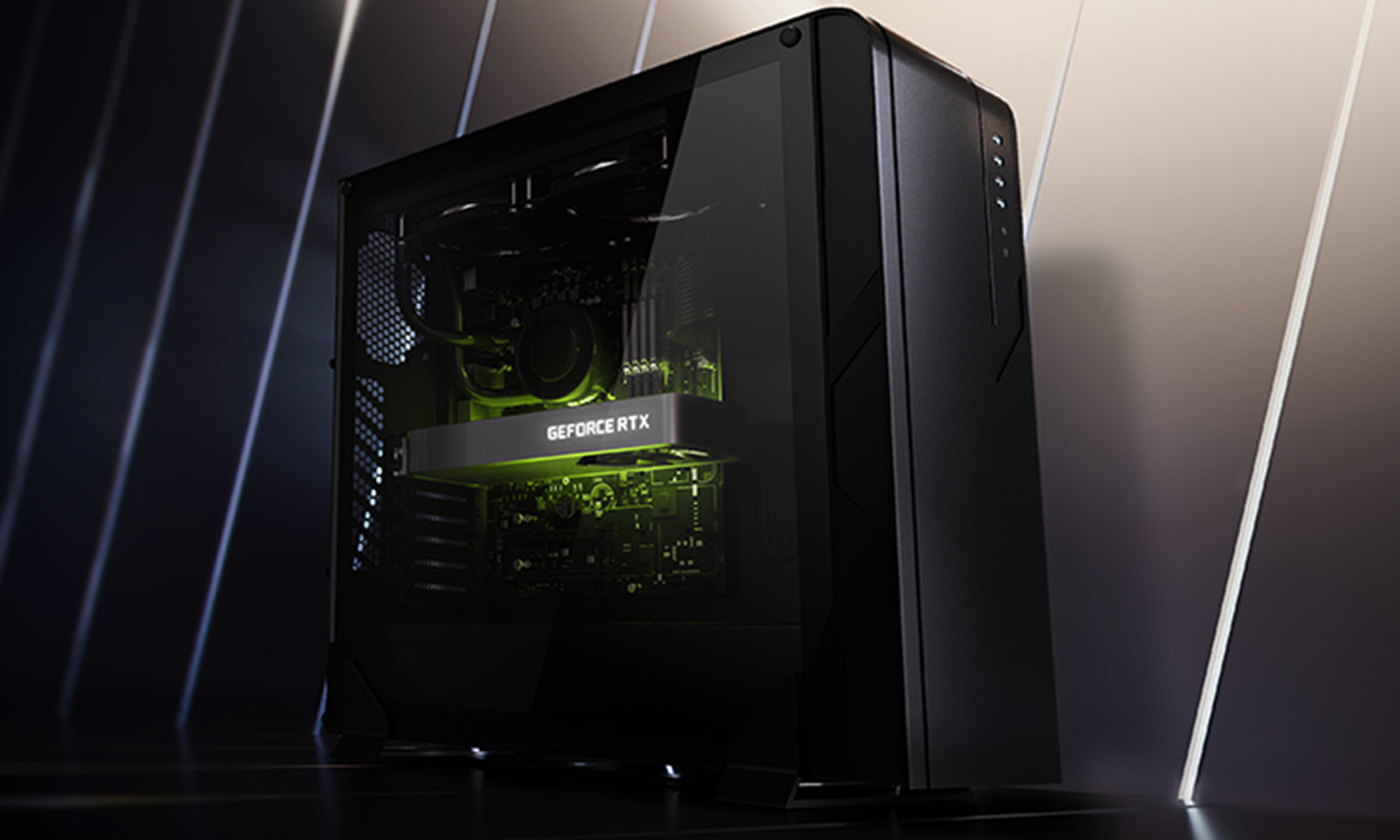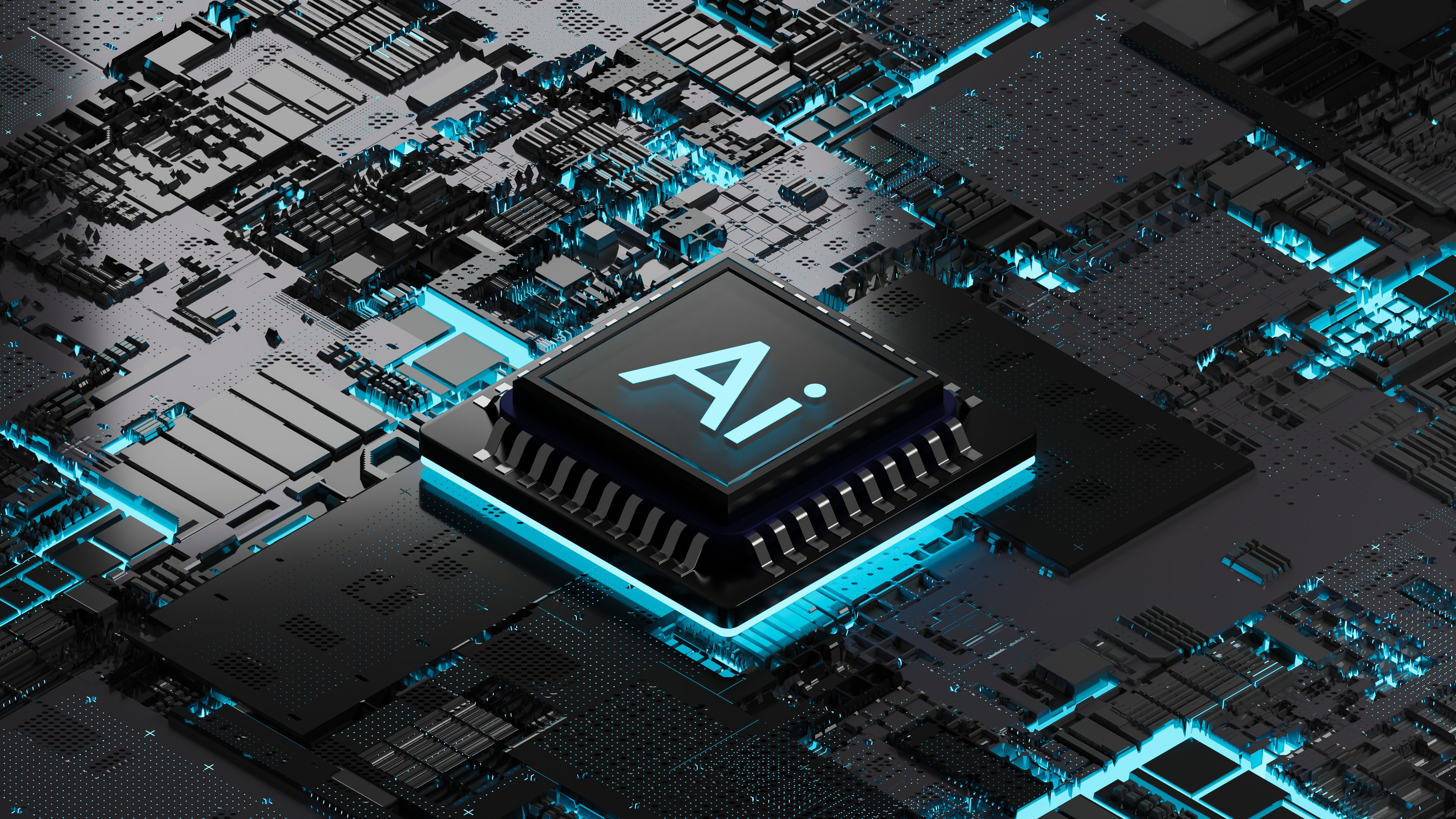The tech-heavy Nasdaq index has been a great place to look for stocks with immense upside. Tech stocks have gone mostly straight up since the start of 2023, and with how much money is flowing into the artificial intelligence (AI) investing space, I don't see this trend subsiding anytime soon.
With that in mind, if you want to add a few Nasdaq stocks to your portfolio, I'd consider adding to one of these two first.
1. Nvidia
Nvidia (NVDA 3.31%) has been the king of AI investing since 2023. Its graphics processing units (GPUs) power the training of many AI models and handle inference when probing an AI model with a question. When you hear about companies like Alphabet (GOOG 1.51%) (GOOGL 1.57%) or Meta Platforms (META 0.19%) spending $75 billion and $65 billion, respectively, on capital expenditures for 2025, your mind should immediately go to one place: Nvidia.

NASDAQ: NVDA
Key Data Points
While other costs, such as companies building their own chips to rival Nvidia's GPUs, are included in these projections, the lion's share of that spending is still going to Nvidia. So, even though the stock has risen so much over the past two years, there's plenty more where that came from.
Wall Street analysts expect revenue growth of 52% for fiscal year (FY) 2026 (ending January 2026). While that's a slowdown from FY 2025's projected 112% growth, it's still impressive considering Nvidia's size. We'll all learn more about Nvidia's internal projections on Feb. 26, when it reports fourth-quarter FY 2025 (ending around Jan. 31) results. Still, it's safe to say they will probably be outstanding, considering the language that some of its largest clients have been using on their conference calls.
Nvidia's stock also isn't terribly expensive, considering its growth. It trades for 30 times forward earnings, which is a pretty cheap price to pay for the stock, considering the heights it reached over the past two years.
NVDA PE Ratio (Forward) data by YCharts
Although Nvidia has had a great run over the past two years, it's far from over. As a result, investors should take advantage of any sale price on the stock.
2. Alphabet
Alphabet is one of those large buyers of Nvidia GPUs. It is using its GPUs to develop its in-house generative AI model, Gemini. It's also deploying them in its Google Cloud computing infrastructure, which is critical to the rollout of AI solutions.
Cloud computing allows those who can't justify spending millions of dollars on a server packed with Nvidia GPUs to still use them for AI training. Instead, they can rent the computing power from a provider like Google Cloud, which has several data centers full of computing power available. A lot of Alphabet's $75 billion in capex mentioned above is funneling directly into purchasing more computing power and building out data centers for Google Cloud, which shows how well business is going in that unit.

NASDAQ: GOOGL
Key Data Points
In Q4, Google Cloud's revenue grew 30% year over year to $12 billion, with an operating margin of 17.5%. That's still a way off of the margins the cloud computing industry leader produces, but it shows there is plenty of room for growth.
While cloud computing is one of my top reasons to own Alphabet, it's far from its largest business segment. Advertising still generates most of Alphabet's revenue, and that business is still doing quite well. In Q4, Google advertising generated $72.5 billion in revenue, up from $65.5 billion last year.
That indicates 10.6% growth, which isn't going to light the world on fire, but is respectable considering how large and mature this segment is. Alphabet's stock is far cheaper than Nvidia's and trades for under 21 times forward earnings.
GOOGL PE Ratio (Forward) data by YCharts
That's incredibly cheap compared to most of its big tech peers and even cheaper than the broader market. The S&P 500 index (^GSPC 0.16%) trades at 22.4 times forward earnings, so the market values Alphabet like a below-average stock.
Looking at the Nasdaq-100 index, which includes the largest 100 stocks listed on the Nasdaq exchange, Alphabet is even further below its valuation, as that index trades for 27.6 times forward earnings.
Considering the company's advertising platform's dominance and AI's upside, this seems like a mistake. However, this low price is an investor's buying opportunity, and prospective investors should consider taking advantage of the cheap price tag before the market wakes up to this phenomenal company.







